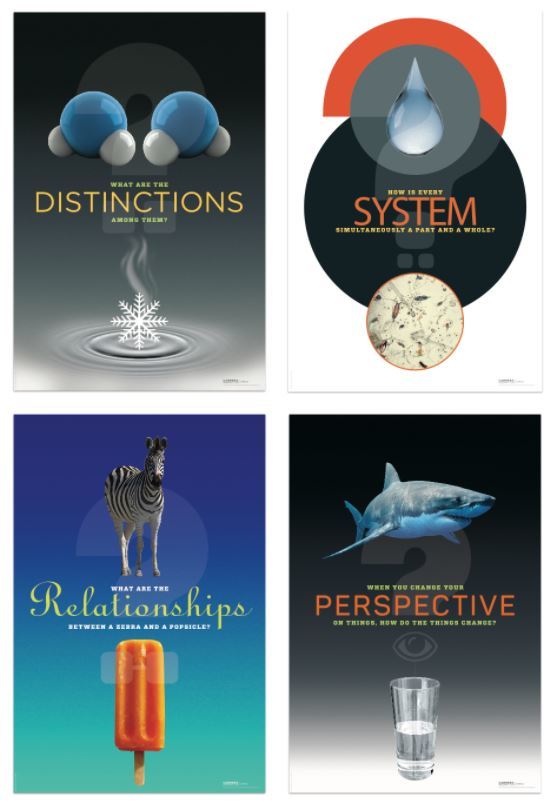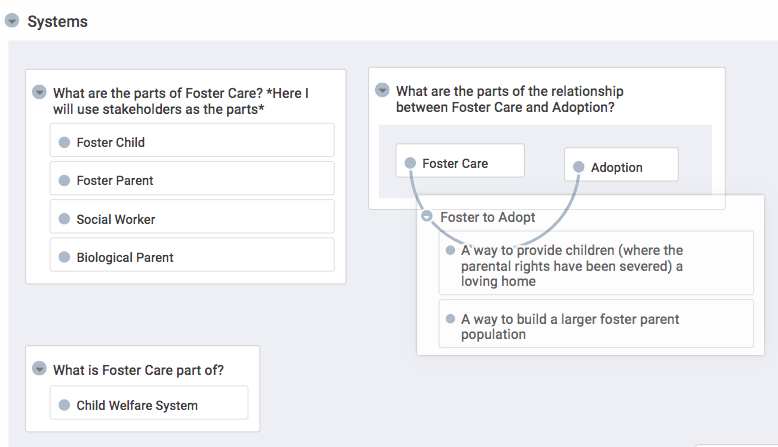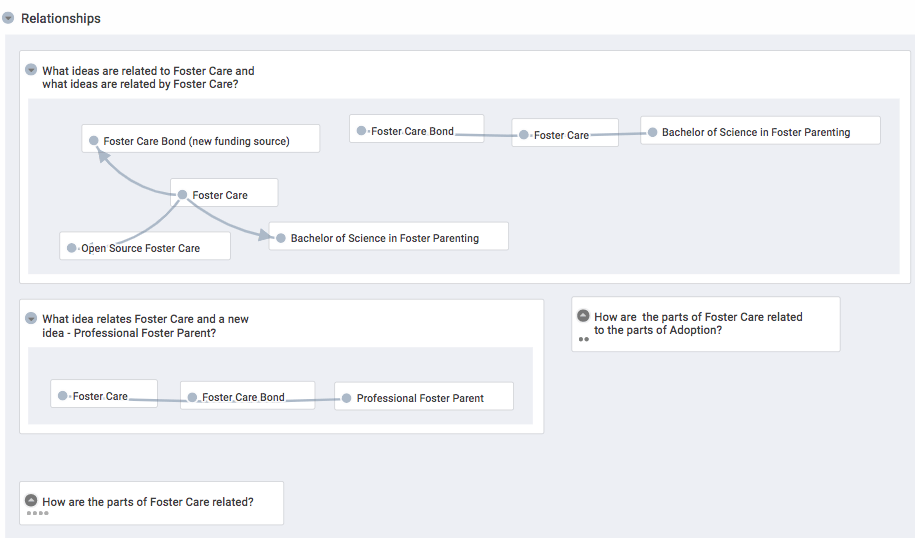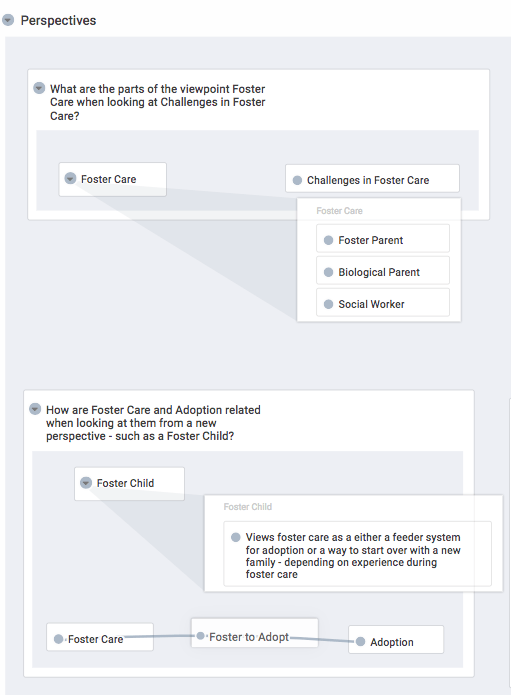The key to Einstein’s genius is to learn how to stay with a question longer. Albert Einstein famously remarked,
If I had an hour to solve a problem and my life depended on the solution, I would spend the first 55 minutes determining the proper question to ask for once I know the proper question I could solve the problem in less than five minutes.
Einstein also stated,
It’s not that I’m so smart but I stay with the questions much longer.
To stay with our questions longer, DSRP Thinkquiry Questions is a good way.
What is DSRP Thinkquiry?
DRSP Thinkquiry is developed by Derek and Laura Cabrera – professors at Cornell University. It is a systems thinking approach to structure information and questions in a systematic way.[1] This approach applies simple rules underlying systems thinking. These simple rules are Distinctions – Systems – Relationships – Perspectives (DSRP).
DSRP ThinkQuiry Questions are the building blocks of cognition and are required to deconstruct a problem or issue. You can learn more about this approach and even use it online at www.thinkquiry.us. Furthermore, I encourage you to read more about Derek and Laura Cabrera’s work and two of their outstanding books – Systems Thinking Made Simple and Thinking at Every Desk.
Beyond the Socratic Method
In Thinking at Every Desk, the Cabrera’s inform us that we should think of DSRP as guiding questions and as a new form of Socratic questioning for the 21st century. They found that the Socratic method of questioning leads students to a black and white view of the world, where DSRP questions lead students to see the infinite shades of gray that actually exist in the world.
With DSRP Thinkquiry the Cabrera’s sought to provide us with a new way to ask different questions. Here is what they had to say. [2]
“We wanted to get people asking different kinds of questions. Questions that lead to new insights and answers but also more questions. Structural questions that can be mixed and matched to form even more complex questions that get at the essence of the wicked problems and complex systems around us.”
Let’s now dive into DSRP Thinkquiry using a personal example of mine. I write extensively on the foster care system and have published numerous articles and a few books. Books such as Succeeding as a Foster Child a Workbook. I recently published an article on the Different Perspectives of the Foster Care System where I surveyed 243 individuals in order to identify their perspectives of the foster care system using DSRP as a framework and a guide to build better questions for the study.
Additionally, I used the newest tool created by the Cabrera’s to finish the study – a powerful and free application located at https://kingfisher.link. It is essentially a virtual systems thinking whiteboard.
Building Better Questions
Starting with distinctions, let’s see how I was able to ask better questions using the foster care example.
Distinctions
Guiding Questions:
- What is Foster Care?
- What is-not Foster Care?
- How would you distinguish between Foster Care and a similar thing – such as Adoption?
- Can you compare and contrast Foster Care and Adoption?
Systems
Guiding Questions:
- What are the parts of Foster Care?
- What is Foster Care a part of?
- Can you name some of the parts of the parts of Foster Care?
- What are the parts of the relationship between Foster Care and Adoption?
- What are the parts of Foster Care when looked at from the viewpoint of a Foster Parent?
Relationships
Guiding Questions:
- What ideas are related to Foster Care and what ideas are related by Foster Care?
- What idea relates Foster Care and Adoption?
- How are the parts of Foster Care related?
- How are the parts of Foster Care related to the parts of Adoption?
- What are the relationships among Foster Care and Adoption and other things?
Perspectives
Here I will use perspectives uncovered during my survey discussed earlier.
Guiding Questions:
- What are the parts of the viewpoint Foster Care when looking at challenges in foster care from multiple perspectives.
- How are Foster Care and Adoption related when looking at them from a new perspective – from the perspective of a Foster Child.
- Can you think of Foster Care from multiple perspectives?
- What are the parts of Foster Care when looked at from multiple viewpoints?
The Cabrera’s have provided us an improved way to ask better questions. They have provided us, not only a way to stay with a question longer, but also a better way to build questions. I have personally found that by simply using DSRP Thinkquiry Questions, I am able to uncover new ideas that were not previously held in my mind. In fact, I call their systems thinking approach my “aha” or epiphany generator!
To me, it’s as if the questions are Lego blocks in a random pile. DSRP Thinkquiry Questions are a way to see each block as a different question, where our job is to simply connect them.
Reference
| [1] | ^ | Derek and Laura Cabrera: stdaily.ghost.io |
| [2] | ^ | Derek and Laura Cabrera: http://stdaily.ghost.io/untitled-3/ |


















































